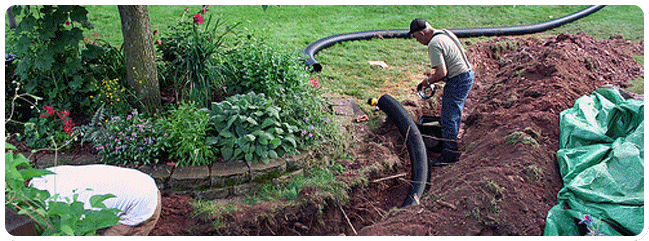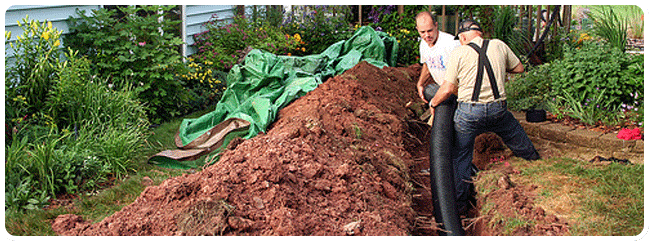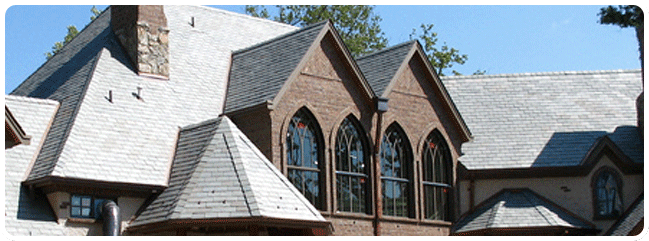Woodworking can be an enjoyable hobby. However, there are times when a single misstep can ruin an otherwise exceptional project. Here are some common woodworking mistakes and ways to make them right.

Image Source: Flickr
Below are 3 common carpentry mistakes:
Removing Router Burn
Run a router bit along an edge of some woods (such as oak), and you may find the wood tends to splinter, or come off in chunks instead of the nicely-formed contour of the router bit. There are a number of reasons why wood might splinter when routing. How can you prevent such an unsightly problem? Try some of these tips. Source: WoodWorking.About
Eliminating Gaps in Face Frame Joints
Face frames are the narrow pieces of wood that cap the front edges of cabinet bodies, and it’s easy to miscut face frame rails so they don’t fit tightly with their neighbouring stiles. If the gap is 1/32″ or less, don’t toss the piece of wood into the scrap heap. Instead, get your pipe clamps out. You’d be surprised how far you can pull in a set of stiles so they fit tight and gap-free against the ends of an otherwise loose rail between them. As added insurance that these joints stay together after the clamps come off, reinforce them with 1/4″ dowels. Drill a hole down the middle of the joint, swab in some glue, then tap the dowel into place. The result is an easily cut, simple tenon that helps keep rails and stiles united, even if you did need to draw them together under a bit of pressure. It’s an easy way to create a kind of tiny mortise-and-tenon joint. Source: CanadianHomeWorkshop
Uneven or Blotchy Finish
Sometimes you get blotchy finishes from using an oil finish, such as Danish oil, or a stain. The finish turns out blotchy because the pores in some woods, such as cherry, take in differing amounts of the oil and have an uneven appearance.
You can’t correct this after the damage has been done, so you need to make sure that you plan for it before you start finishing. You can avoid this problem two ways:
– Use a sanding sealer or other pore-filling product to fill the pores of the wood before you apply the final finish.
– Use a finish that sits on top of the wood rather than absorbing into it. Varnish and shellac are two examples. Source: Dummies
If you’re thinking about hiring a professional when dealing with some woodwork at home, please give us a call or contact us here.
Contact:
Kerrisdale Roofing & Drains Ltd.
168 W 71st Ave, Vancouver, BC V5X 4S7
(604) 360-2114



















